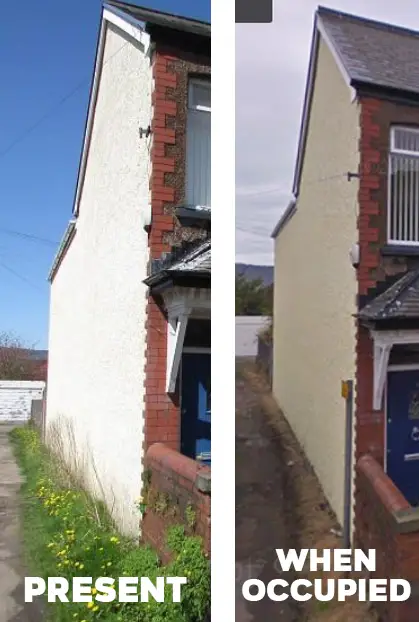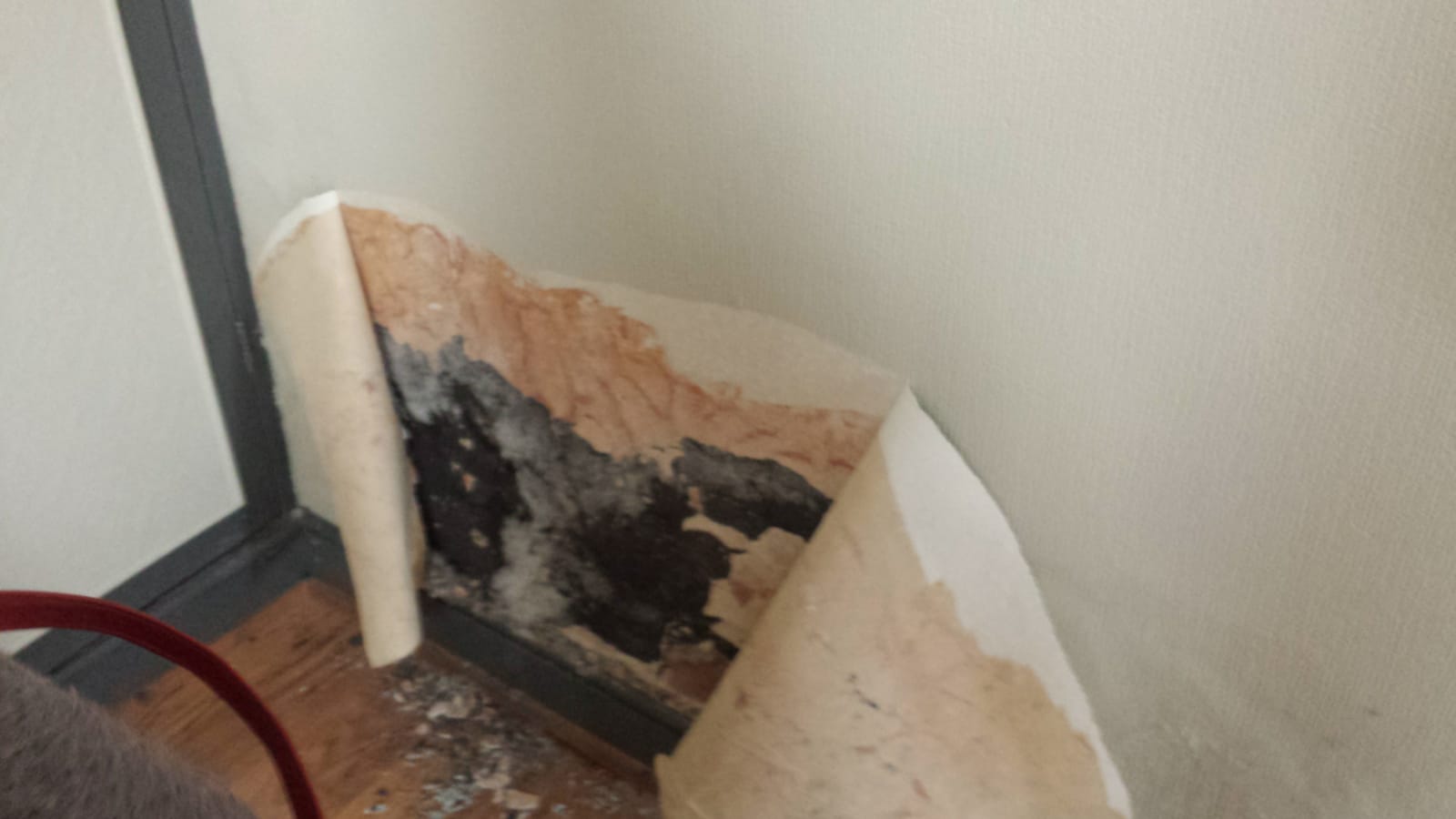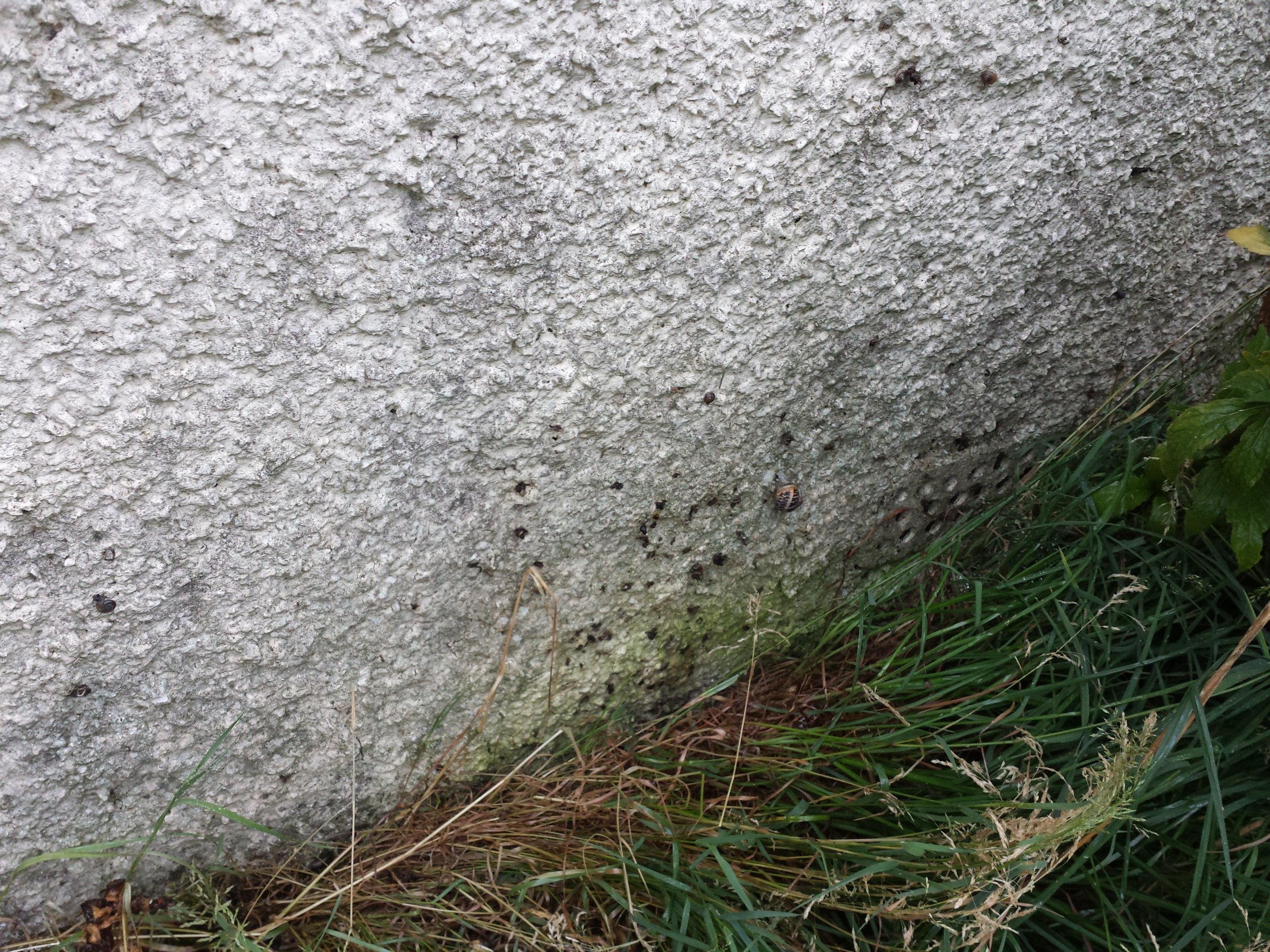Hi all, I'm interested in buying a house that's for sale and went for a viewing yesterday. All went well with the exception of damp in the lower section of one of the walls. The estate agent said he believes it's due to the house not being lived in for over a year, and the fact that the vegetation to the alley at the side of the house overgrowing against the house and possibly breaching the DPC.
Does this sound plausible? Do you think if I cut back the vegetation and put in a trench filled with chippings along the length of the house it should eradicate the problem?
Here's a photo of the house now compare with when it was occupied over a year ago, along with a photo of the damp that I took yesterday -
Thanks
Jon
Does this sound plausible? Do you think if I cut back the vegetation and put in a trench filled with chippings along the length of the house it should eradicate the problem?
Here's a photo of the house now compare with when it was occupied over a year ago, along with a photo of the damp that I took yesterday -
Thanks
Jon







